
Pullovers have stood the test of time, transcending fashion trends to become wardrobe staples worldwide. These versatile garments not only provide warmth and comfort but also offer countless styling opportunities for various occasions. From their humble beginnings as essential work attire to their adoption in high fashion, pullovers have evolved into a timeless piece cherished by people of all ages and backgrounds. Whether it’s a classic crewneck, a cosy turtleneck, or a trendy cardigan, pullovers remain a go-to choice for individuals seeking both style and functionality.
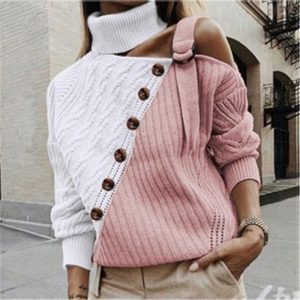
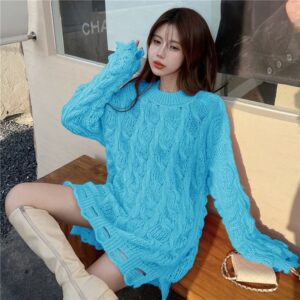


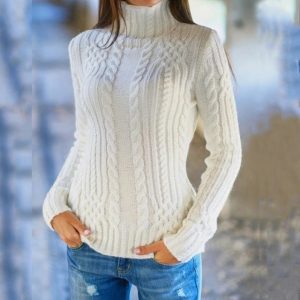



Pullovers, also known as sweaters, have a long and rich history. The concept of pullovers originated in the early 19th century when fishermen in the British Isles needed warm and protective clothing for their maritime work. These early pullovers were often knitted from wool and featured distinctive patterns that represented different fishing communities. Over time, pullovers became popular beyond the fishing industry and became fashionable garments, especially during the winter season. Today, pullovers come in various designs, fabrics, and styles, catering to different fashion tastes and functional needs.

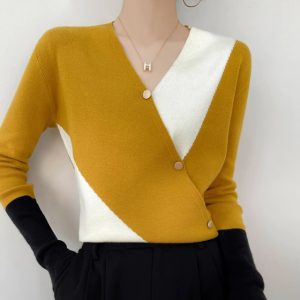

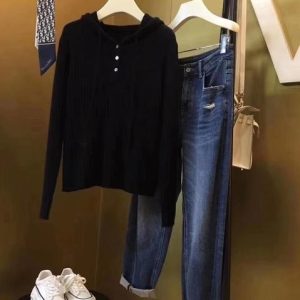
Pullovers come in a wide range of styles, each catering to different preferences and occasions. One of the most popular types is the crewneck pullover, characterized by a round neckline and a close-fitting design. This style is versatile and can be easily paired with different bottoms, making it a staple in many wardrobes. Another popular type is the turtleneck pullover, featuring a high, rolled neckline that covers most of the neck. This style is ideal for cold weather and adds a touch of sophistication to any outfit. Other types of pullovers include V-neck, cardigan, and hoodie, each with its unique characteristics and benefits.

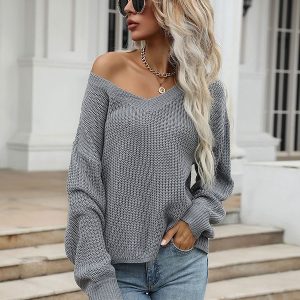

Pullovers are made from various materials, each providing different levels of warmth, comfort, and durability. Wool is a popular choice due to its excellent insulation properties and ability to regulate body temperature. Cashmere, derived from the hair of cashmere goats, is known for its luxurious softness and warmth. Cotton is another commonly used material, providing lightweight and breathable qualities. Synthetic fibres like polyester and acrylic are often added to blends, enhancing durability and reducing shrinkage. Each material option offers different benefits, allowing individuals to choose pullovers that suit their preferences and needs.


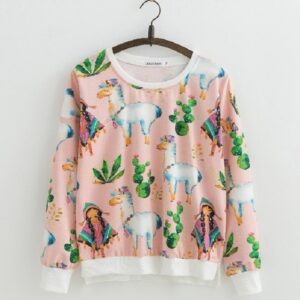
Pullovers offer endless styling possibilities and can be effortlessly incorporated into various outfits. For a casual and cosy look, pair an oversized pullover with leggings or jeans and complete the ensemble with chunky boots. For more formal attire, tuck a fitted pullover into a high-waisted skirt or pants and accessorize with statement jewellery. Layering is also a popular approach, where a collared shirt or a button-up blouse is worn underneath a pullover for added depth and sophistication. Additionally, experimenting with different textures, patterns, and colours can help create a unique and personalized pullover ensemble.
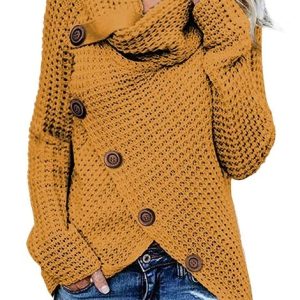

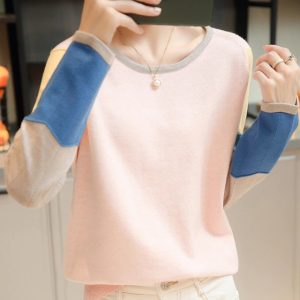
Proper care and maintenance of pullovers ensure their longevity and quality. Always check the care label for specific instructions, as different materials may require different washing methods. In general, it is recommended to hand wash pullovers in cold water with mild detergent to preserve their shape and prevent stretching. Avoid wringing or twisting the garment and gently reshape it after washing. To dry, lay the pullover flat on a clean towel, away from direct sunlight or heat sources. It is also advisable to fold pullovers instead of hanging them to prevent stretching and distortion of the shape over time.
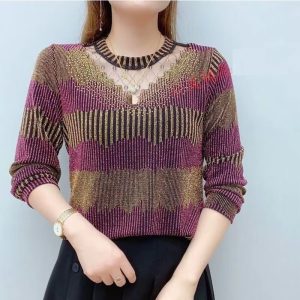

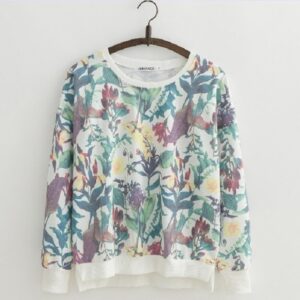

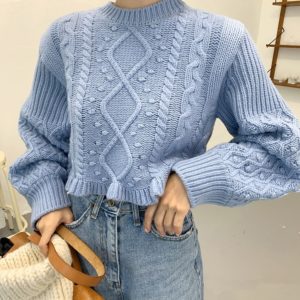
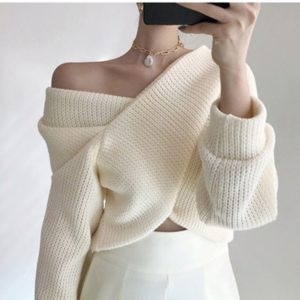
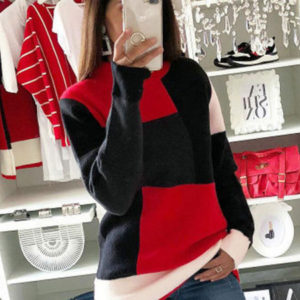
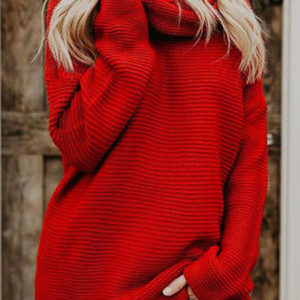
[Address-CA]: 14-30 Eglinton Ave W, Suite 580, Mississauga, Ontario, L5R 0C1
[Tel-CA]: +1 647-874-5950
Email: sales@tdmercado.com